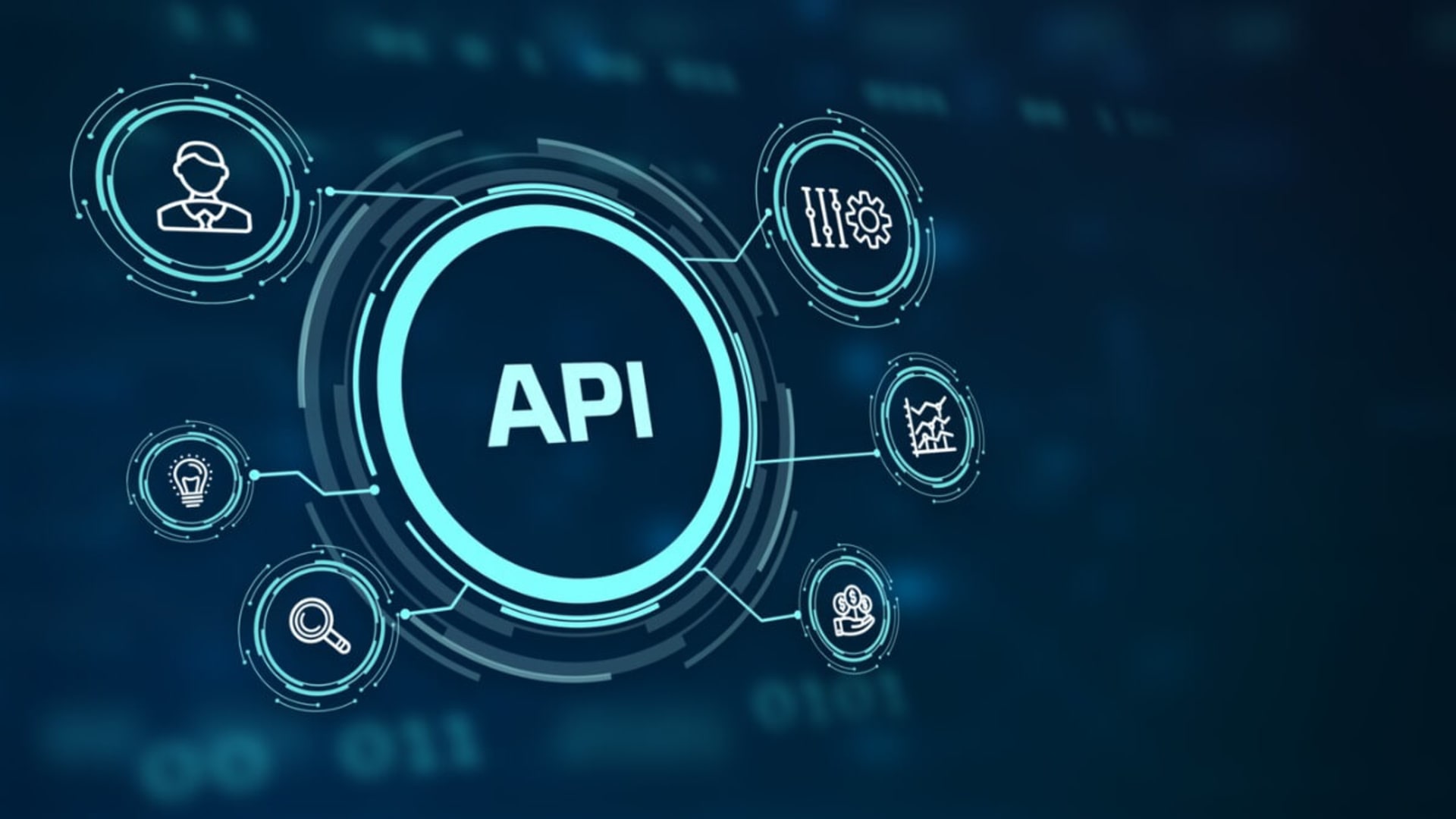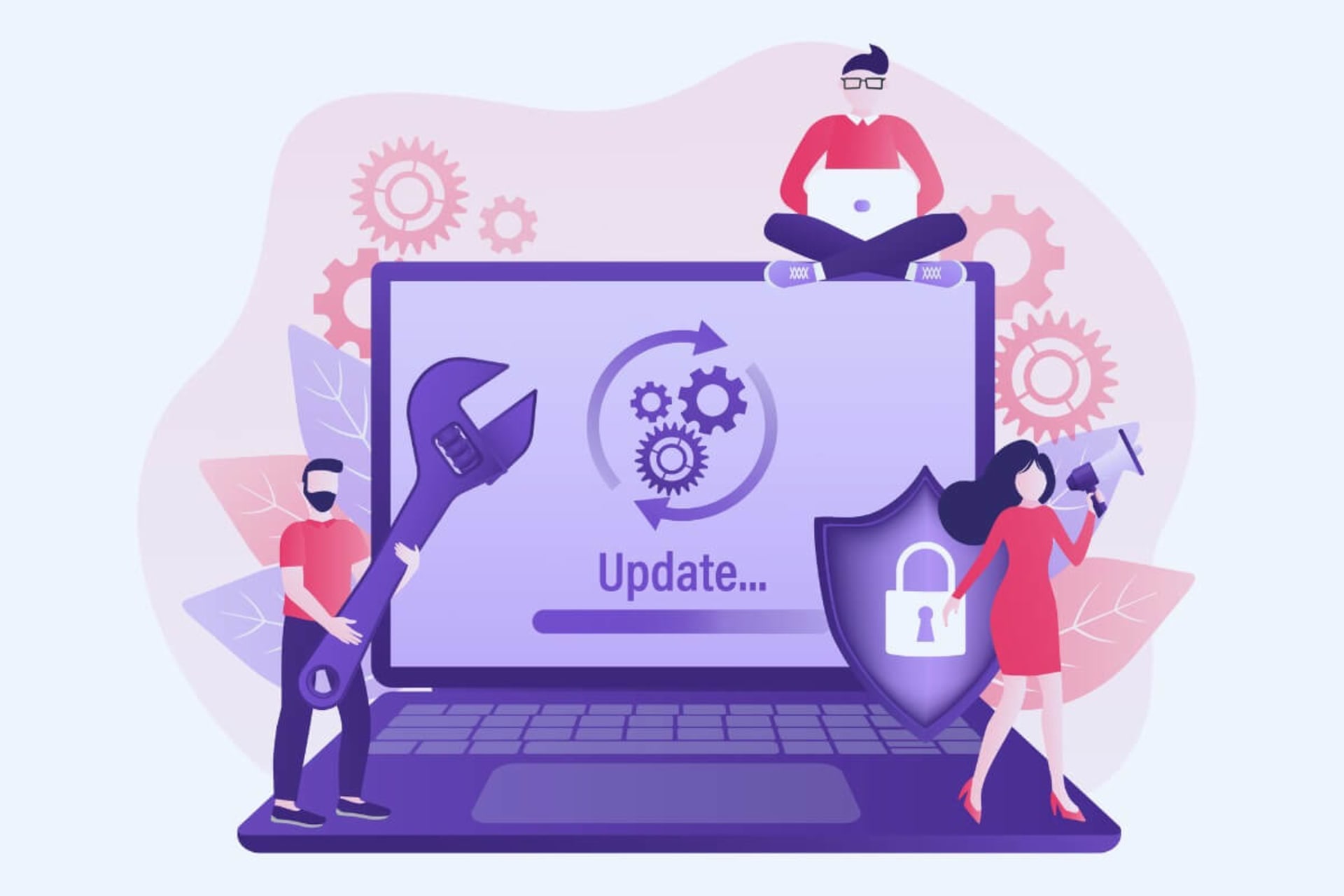- Home
- Technologies
- Mulesoft
- Hire Mulesoft Developers
Hire Mulesoft Developers
Hire vetted Mulesoft talent.
Our top 1% of tech talent has already undergone a rigorous vetting process. Get bilingual, nearshore Mulesoft developers on your team within 2 weeks.
500+ companies rely on our top 1% tech talent.
No time to find the top talent yourself? Skip the hassle of recruitment.




The Ultimate Guide for Hiring MuleSoft Developers
Your web apps, hardware, and operating systems all speak different languages. A MuleSoft development services company can integrate them for you efficiently. But certified MuleSoft developers aren’t easy to find. Since our founding in 2009, we’ve completed over 1,200 projects for over 500 companies. Many of these engagements involved MuleSoft, so we’ve built up decades of experience in this platform.
Over that time, we’ve gained hard-won wisdom. It helps us recruit the best talent when we hire MuleSoft developers. In this guide, we’ll share what you should consider before recruiting candidates, crucial skills every skilled MuleSoft developer should possess, and questions you should ask during the interview process. Employ these lessons, and you’ll increase your odds of landing a star MuleSoft developer.
Before You Start Hiring
Project Requirements
MuleSoft is ideal for complex integration projects, as it has numerous pre-built connectors. But if you don’t communicate your needs to your Mulesoft developers, you won’t get what you’re looking for. If you need an API that pulls customer data from Salesforce to your mobile app, you’ll want expert MuleSoft developers who have created Salesforce APIs before to apply.
Timeline
Creating integrated solutions between applications, like your Shopify checkout and shipping software, takes time. If you underestimate project duration, it could pressure your developers into deploying a substandard product. Define your development timeframe before bringing in a MuleSoft implementation services company. Build in a safety buffer, as unanticipated issues and delays can strike without warning.
Collaborative Mindset
Your developer’s MuleSoft integration solutions will be suboptimal if they design them with little team input. Your MuleSoft developer needs to communicate with team members on the progress they are making. This way, they can make changes where needed and add features that will improve productivity across your entire company.
Adaptability
No business progresses towards its goals linearly. Challenges emerge, market conditions change, and priorities can shift. If your expert MuleSoft developers can adapt to these events with ease, they will be more productive, as they will spend less time switching gears.
Location and Timezone
Developers on the other side of the world may struggle to collaborate with your team. Collaboration is simplest when teams work in sync. This way, if questions arise or someone has an idea, they can work on it in real-time. If your ideal candidate works remotely, hire one within a few time zones of your team members. This facilitates schedule coordination for meetings and co-working sessions, both of which are essential for project completion.
10 Skills Every MuleSoft Developer Should Have
MuleSoft is an industry-leading API creation tool that combines features like a deep connector library with a user-friendly interface. While it has a moderate learning curve, MuleSoft also boasts extensive training resources. Expert MuleSoft developers build skills in API creation, automation, and cloud computing. This makes them desirable professionals, as they can use MuleSoft to connect programs of almost any type.
Skilled MuleSoft developers can build connections between the software platforms you have. This prevents the siloing of data, which can impede organizational progress. They’ll use the pre-built connectors within MuleSoft to complete integrations swiftly. This can decrease the time-to-market for products in your pipeline, helping you realize profits sooner.
But to realize these benefits, you’ll need to hire MuleSoft developers who execute their plans efficiently. Here’s what to look for:
Technical Skills to Look for in Your Ideal MuleSoft Developer
1. MuleSoft Anypoint Platform
Anypoint Platform is the canvas upon which developers build APIs in MuleSoft. To create effective integrations within the MuleSoft platform, proficiency in Anypoint is compulsory. Without it, your project timeframes lengthen, delaying product deployment.
2. API Design and Development
API design and development involves the creation of an interface between two systems or applications. This is done by creating rules and processes that allow them to communicate with each other. Experienced MuleSoft developers know how to create RESTful or SOAP APIs using OAS or RAML. This allows them to create APIs that work well, which will enhance your team’s productivity.
3. Data Transformation
Data transformation is the conversion of data into a format that a destination system/application can accept. MuleSoft developers should have extensive experience using DataWeave, the language that MuleSoft uses for data transformation. If they do, they’ll migrate your system’s data faster and with greater accuracy.
4. Error Handling and Debugging
Error handling is the process that allows a system to deal with bugs while retaining functionality. Debugging is a process a MuleSoft development team uses to find these errors before deployment. Mulesoft developers with these skills deliver high-quality products, as they conduct exhaustive tests that simulate expected and unexpected uses. By doing this, they’ll protect the reputation of your company.
5. Cloud and On-Premises Integration
Cloud and on-premises integration is the act of connecting local systems and applications with those based in the cloud. To interface your servers with SaaS tools, you want your skilled Mulesoft developer to have significant experience in making these integration solutions happen. This way, you can transition to cloud solutions with minimal problems.
6. Performance Optimization
Performance optimization is an iterative process that improves the function of a MuleSoft integration over time. Your Mulesoft developer will assess metrics like response rates and then make changes to improve these scores. This skill continuously increases organizational productivity going forward and facilitates the scaling process.
Soft Skills to Look for in Your Ideal MuleSoft Developer
7. Critical Thinking
Integrating different apps, programs, and systems can be difficult, especially when few use cases for those connections exist. Because of this, you need expert MuleSoft developers who are excellent critical thinkers. These professionals anticipate scenarios that could arise post-integration, like error handling issues. To avoid a server crash, they code failsafe mechanisms like circuit breakers or retry logic. This way, your service will stay online even if a bug arises.
8. Attention to Detail
In API management and development, even the smallest coding mistakes can bring down your entire system. That’s why it’s important for Mulesoft developers to make sure every aspect of their API is accurate and efficient. When a Mulesoft developer pays incredible attention to detail, they minimize issues like misinterpreted data, duplicate transactions, and exposed endpoints. This increases the reliability of your service, which builds client/customer trust.
9. Openness to Feedback
Your product cannot become great unless it serves the end user optimally. Inevitably, some stakeholders will experience difficulty using the beta version of an API. So your Mulesoft developer needs to take feedback and use it to improve their work. By simplifying design, improving usability, or optimizing processes, your Mulesoft developer can produce a higher-quality product and satisfy your clients.
10. Creativity
Sometimes, you might want to connect systems that lack native compatibility. In this instance, innovation is a necessity, as there are no precedents to lean on. The creative MuleSoft developer thrives in these situations, delivering custom solutions, like using middleware to bridge the gap between “incompatible systems.”
8 Questions to Identify Top MuleSoft Developers
When interviewing MuleSoft developers, it's important to ask questions that first assess the candidates' technical skills and knowledge. Employers will also usually conduct a coding test to further assess specific on-the-job knowledge.
The following set of questions aims to uncover not only the developer's technical knowledge but also their problem-solving abilities, teamwork, communication skills, and adaptability—all crucial traits for success in a collaborative environment.
Here are a few examples of technical interview questions:
1. Can you explain the role of the Anypoint Platform in MuleSoft development?
My experience with MuleSoft's Anypoint Platform has been pivotal in designing and deploying effective API and API integration tools. I use tools like API Designer to define specifications and Anypoint Studio to build and test integration flows. For example, I’ve connected customer data between Marketo and the cloud server. Additionally, I rely on the platform's monitoring and security features to maintain performance and ensure reliability, making it a comprehensive solution for integration projects.
2. How do you approach designing a RESTful API in MuleSoft?
I start by consulting stakeholders. By doing this, I will understand what they want and what the user will get out of the app. Then, I’ll begin the creation process by favoring an API-led framework. This approach makes it easier to make changes during production, and I can reuse the created API across multiple applications. Throughout this process, I would follow REST best practices, secure my code with protocols like OAuth 2.0, and test thoroughly before deployment.
3. What is DataWeave, and can you provide an example of how you’ve used it for data transformation?
DataWeave is the language that MuleSoft uses to transform data. It handles complex operations, such as data mapping between systems with different formats. In a previous job, I synced data between a client’s e-commerce platform and their ERP system. The inventory data on the e-commerce platform used the JSON format, while the ERP required data to be in XML. I used DataWeave to parse the JSON data and then map it to its correct location in the XML schema.
4. How do you handle integration with legacy systems that don’t have modern APIs?
I would begin by learning about your legacy system and its limitations. Once I know what’s possible, I would use MuleSoft’s connectors library to link up with the legacy system. Next, I would create a custom API capable of communicating with it. Once that’s complete, I would begin data transformation using DataWeave. Before deployment, I would use MUnit to make sure your legacy system wouldn’t suffer any fatal errors.
5. Tell me about a project where you encountered a significant roadblock during an API development. How did you resolve it?
This question evaluates a candidate’s ability to reassess their development approach. It forces them to question their assumptions, likely leading to the roadblock they had just hit. Aside from troubleshooting, this question also assesses the candidate’s ability to succeed under pressure.
6. Have you ever worked with a team where other Mulesoft developers followed a different coding or integration standard? How did you align with them without disrupting the project?
This question explores a candidate’s communication and collaboration skills. It evaluates how they can negotiate situations where differing philosophies can cause tensions. It also sheds light on their ability to learn on the fly, like adopting a different organization’s work standards.
7. Can you share an example of how you made sure an API you built was secure? What specific tools or practices did you implement?
This question reveals a candidate’s knowledge of API security protocols. It also uncovers how knowledgeable they are about best practices in API security.
8. Imagine a client requests a last-minute change to an API’s functionality. How would you manage the request while minimizing disruption?
This question assesses a candidate’s ability to manage their time and juggle competing priorities. It also underlines their project management skills.
Frequently Asked Questions
1. What is MuleSoft, and how does it benefit businesses?
MuleSoft is an integration and API management platform. It allows developers to create APIs that can connect systems with software tools and services, between local servers and online. Improved operational efficiency is the primary benefit of MuleSoft. Its API-led connectivity approach breaks down the silos between most systems and software tools. This way, teams get more done faster. And because of this, they’re able to deliver services and products to market quicker, increasing revenue and profit.
2. How can I integrate legacy systems with modern applications using MuleSoft?
MuleSoft offers a library of prebuilt connectors for most legacy systems, saving time in API creation. If no connector exists, developers can build custom integrations using Anypoint Studio. This allows your legacy system to communicate with modern applications such as Salesforce. DataWeave can handle data transformation tasks.
3. How does MuleSoft help businesses scale and future-proof their operations?
One of MuleSoft’s biggest advantages is that it allows developers to create reusable APIs. When they finish a particular API, they can duplicate it across different projects and teams. The developer can also use that API as a starting point for similar but different integration projects. By connecting systems and data together with repeatable APIs, businesses can respond to future developments in their industry.
4. How can skilled Mulesoft developers optimize the performance of MuleSoft integrations?
Developers optimize MuleSoft integrations by streamlining APIs to make sure they only transmit relevant data. They can also cache data that end users frequently access to reduce backend load. As time goes on, they’ll monitor API performance with Anypoint Monitoring, and make adjustments as required.
5. How do MuleSoft developers approach designing reusable APIs?
MuleSoft developers use a structured API-led approach to create reusable APIs. There are three layers: System, Process, and Experience. The System API connects to core applications like CRMs, exposing only required data. The Process API deals with the business logic, mapping, moving, and translating data between involved systems and applications. The Experience API provides the data to the end user in a format that conforms to UX best practices. This approach makes sure the API is modular and thus, reusable.

- Hire Mulesoft Developers
How Businesses Can Overcome the Software Development Shortage
BairesDev Ranked as one of the Fastest-Growing Companies in the US by Inc. 5000










